The solo performances at the 10th edition of Manthana in Mangaluru brought the Kodava culture and strong women characters from the epics under spotlight
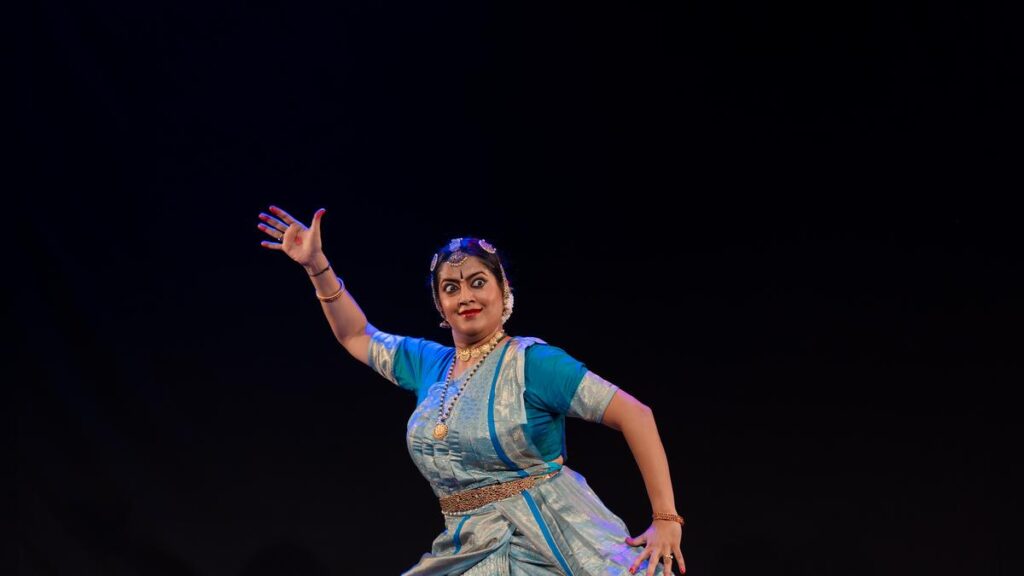
Shilpa Nanjappa’s presented the ‘Tales of Kodava’ | Photo Credit: Special Arrangement
Shilpa Nanjappa, a Kodava, brought out the rich culture and ways of worship of her people and the greatness of River Cauvery (whose origin is in Coorg) through her ‘Tales in Kodava’. She gave a clear, comprehensive introduction, as the songs were in Kodava.
This was presented as part of the 10th edition of Manthana, organised by Mangaluru’s Nrityaangan, which featured many solo performances.
Shilpa’s entry was full of zest and she lit up the stage with her expressive face and powerful movements. She began with a Kauthuvam in ragamalika that narrated the tale of Ayyappa, with keen focus on Mohini. It was an adaptation from ‘The song of Saastaavu’, a part of the Pattole Palame, a compilation of folklore passed down orally through ancestral songs. She beautifully presented the contrast between the clumsy movements of Bhasmasura and the graceful dance of Mohini.
‘Sri mula kanniye, pommale kodu male’, a patriotic song accepted as the anthem of independent Kodagu, blended the legends about the river goddess Kaveri and her present condition. The way Shilpa portrayed the callousness with which people pollute her pure waters would have melted anyone’s heart. When she stated that this is also the story of every single woman, manipulated and silenced through history, one nodded in agreement.
Before concluding her performance with a self-composed thillana, Shilpa presented a sringara pada ‘Aye, thumbi’, portraying an enraged Kanditha Nayika who is scorned by the man she loves. Her thillana was on the Puthari festival, a ‘harvest festival’ of the Kodavas when they dedicate their rice harvest to Igguthappa, who, centuries ago, taught them the method of cultivating paddy. The choreography of this piece had movements inspired by the indigenous dance forms of the Kodavas.
Shilpa’s performance was followed by four vibrant solo presentations on important female characters from the Ramayana and the Mahabharata.
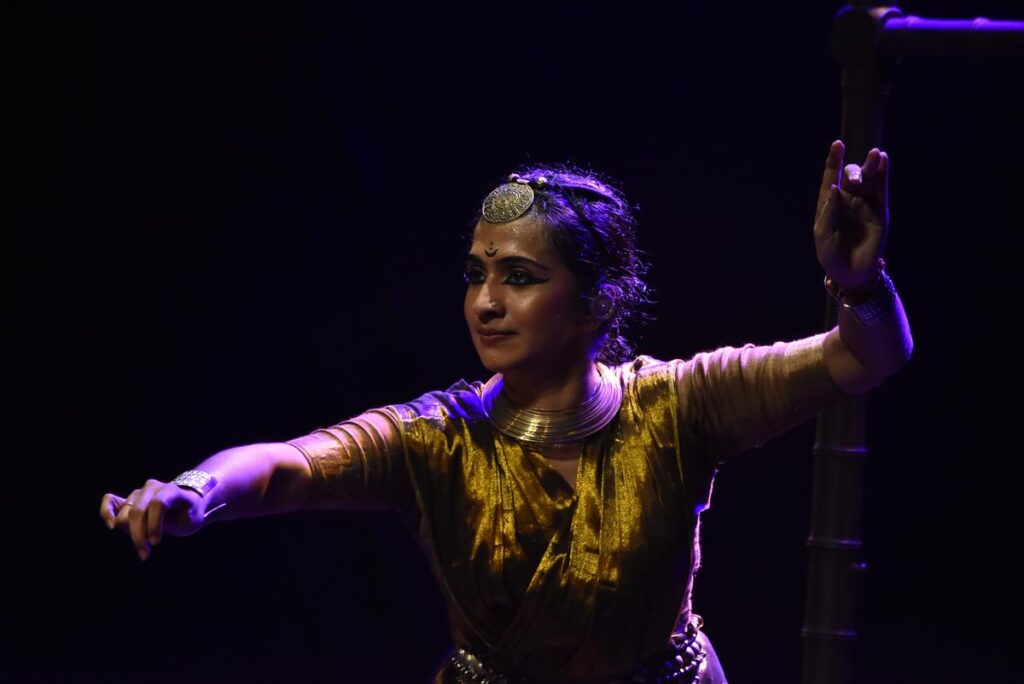
Divya Nair as Chitrangada | Photo Credit: Special Arrangement
Divya Nair was convincing in her portrayal as Chitrangada, the princess of Manipur and the only heiress to the throne, who was brought up by her father as a strong warrior and an able ruler. Though her thoughts and behaviour are unlike those of a woman, tender feelings of love blossom in her heart when she meets Arjuna, the Pandava prince. When her son Babruvahana is born, she transforms herself into a fond mother, too. Divya brought out the nuances of Chitrangada’s character with her lively movements and striking abhinayas. She left the spectators wondering, ‘Who are you, Chitrangada –– a warrior, a lover, a mother, or all of these?’ The lyrics had been composed by Dr. Suneel and were set to music by Sankaran Menon.
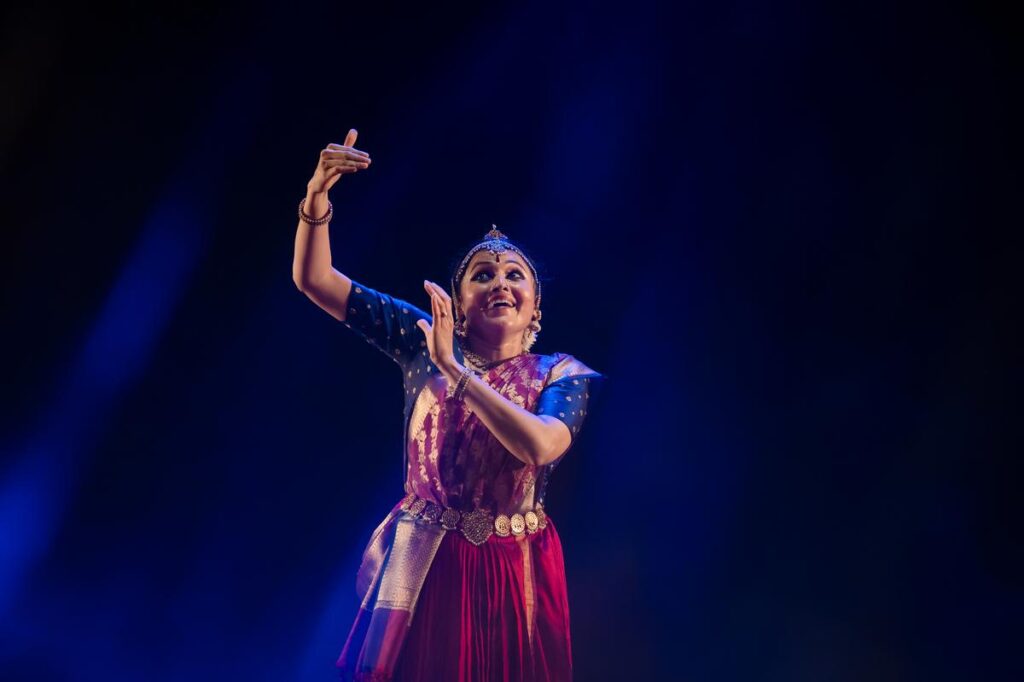
Indu Venu beautifully transformed into Kaikeyi | Photo Credit: Special Arrangement
Indu Venu transformed into Kaikeyi, who is torn between her intense love for Rama and her unbearable jealousy when she hears that he will be made king. Kaikeyi fears that once Rama becomes king, she and her son Bharata will have no identity. With Tulsidas’s ‘Tumak Chalat Ramachandra’, Indu Venu brought out the essence of motherly love. Along with Tulsi Ramayan, verses penned by Dr. Himanshu Srivastava were used for Indu Venu’s portrayal of Kaikeyi. Music and rhythmic composition for this was by Sujesh Menon and Vinay Nagarajan.
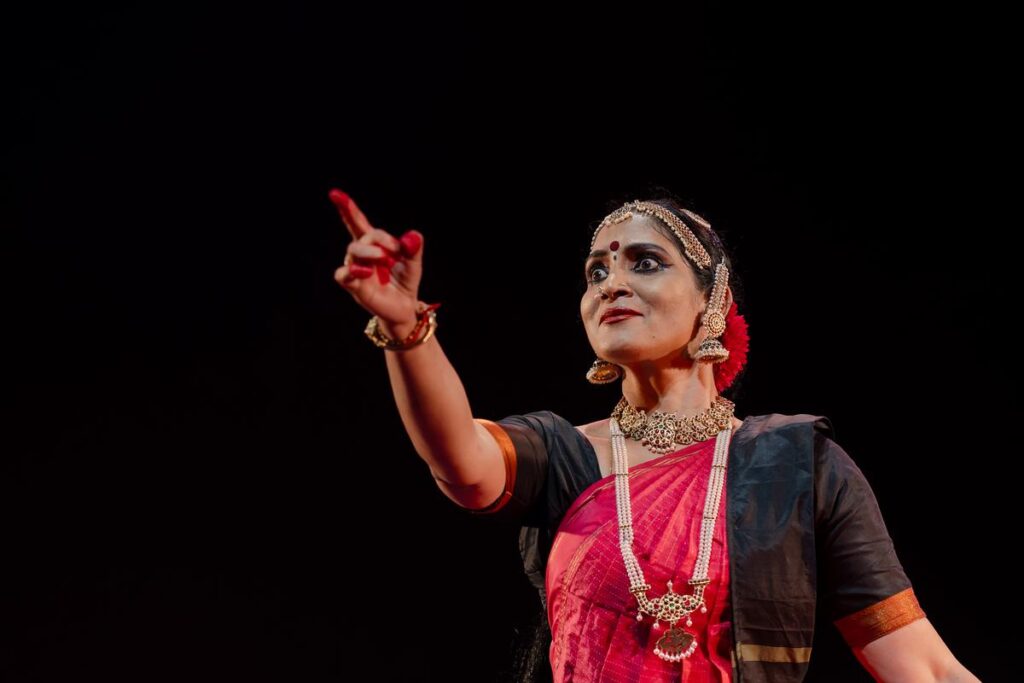
Manjula Subrahmanyabrought alive Hidimba as a demoness. | Photo Credit: Special Arrangement
Manjula Subrahmanya portrayed Hidimba, the beautiful demoness, who is besotted with love for the tall and well-built Bhima and becomes the eldest daughter in law of the Kuru clan. Her life with Bhima is brief, and when he goes back to his family, she is alone again. When Gatotkacha is born, her motherly instincts are awakened and she is a happy mother. When Bhima returns after many years, she is delighted but soon finds out that Bhima wants their son to participate in the war. Hidimba makes her supreme sacrifice as she willingly gives her son to Bhima and goes back to her life of lonely wandering.
With an intensely expressive face and strong masculine movements, Manjula brought alive Hidimba as a demoness. At the same time, by throwing light on her soft motherly feelings and her sacrifice, she made Hidimba’s personality soar high. Manjula painted a clear picture of the complex character of Hidimba, who is only briefly mentioned in the Mahabharata.
The lyrics for this presentation were by Kavitha Adooru, music by Vineeth Purvankara and jathis by Manjunath Putturu.
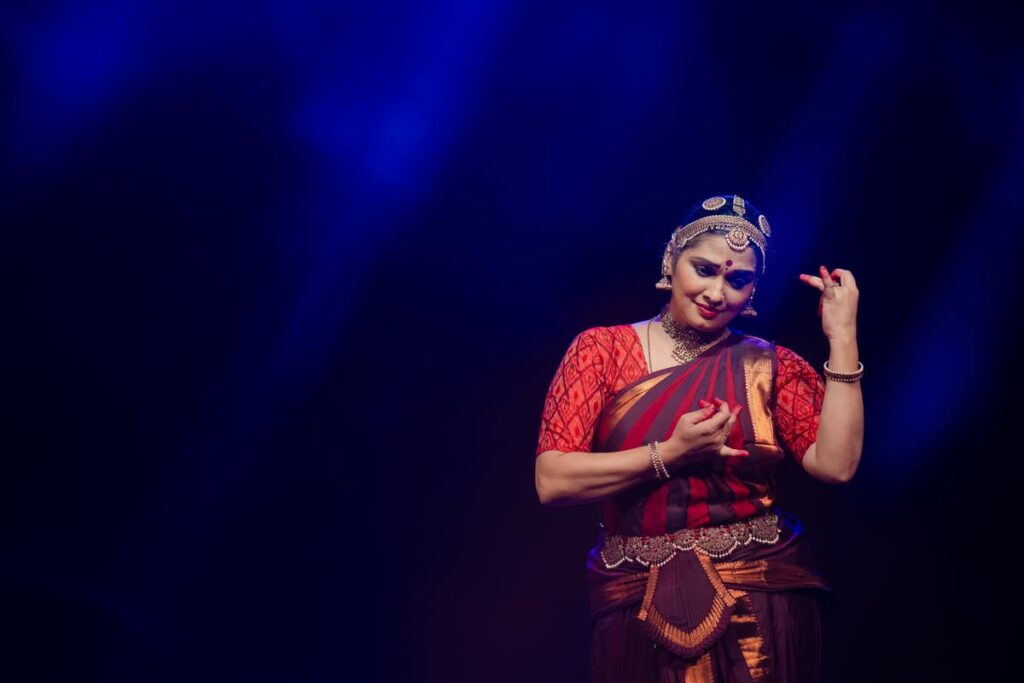
Radhika Shetty chose to present a different picture of Manthara | Photo Credit: Special Arrangement
Radhika Shetty, founder of Nrityaangan, presented ‘Manthareya Antharala’, a glimpse into the inner world of Manthara. Not conventionally beautiful, and abandoned by her parents, she finds refuge under Kaikeyi’s father and turns into a mother figure for Kaikeyi. Her actions are based on her boundless love for Kaikeyi and Bharata, who is like her grandson. Did she want anything for herself? Radhika’s expressive gestures and sensitive portrayal presented a different picture of Manthara. By the time Radhika concluded, the spectators were ready to understand Manthara and even sympathise with her.
Radhika’s presentation was based on Kuvempu’s Sri Ramayana Darshanam from which she had taken the lyrics that were set to music by Karthik Hebbar, Bengaluru.
The music ensemble was absolutely stunning. Vidyashree Radhakrishna’s impressive nattuvangam had dignity, strength, clarity and deftness. Nandakumar Unnikrishnan sang with emotion and gave life to the characters portrayed by the dansers. Mridangam by Karthik Vydhatri maintained the liveliness and flute by Nithish Ammannaya added melody and sweetness.
source: http://www.thehindu.com / The Hindu / Home> Entertainment> Dance / by B Ramadevi / November 26th, 2024

